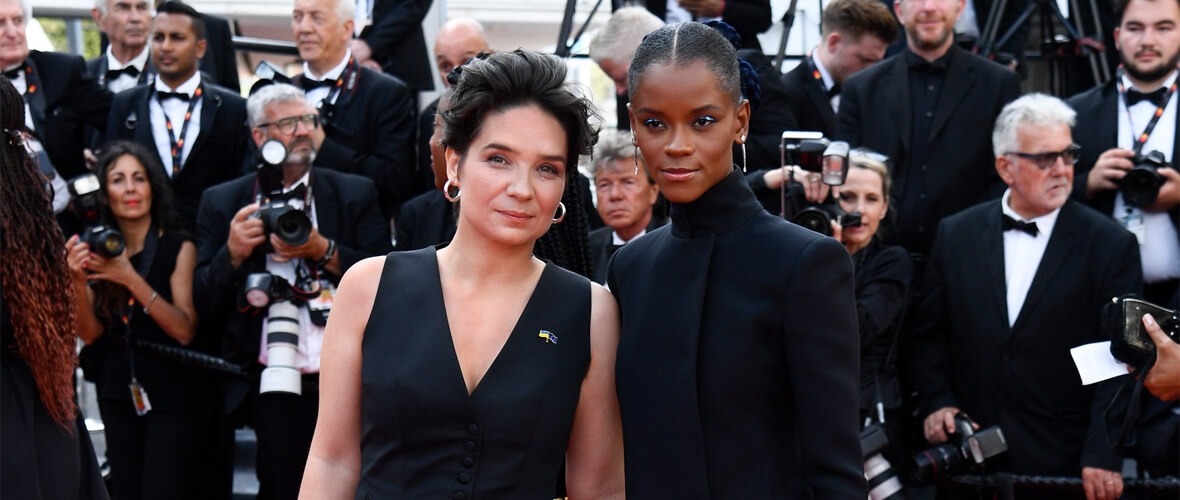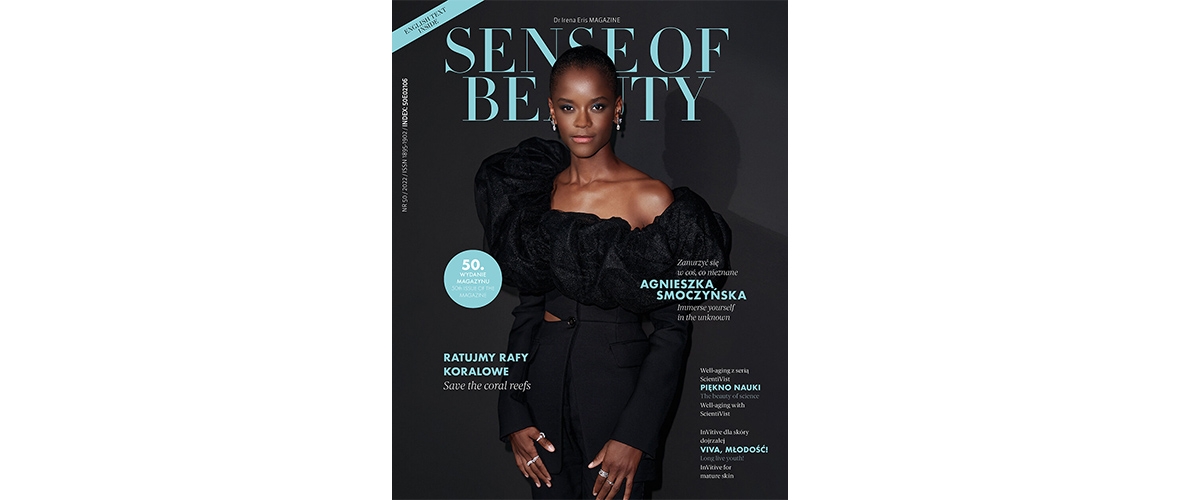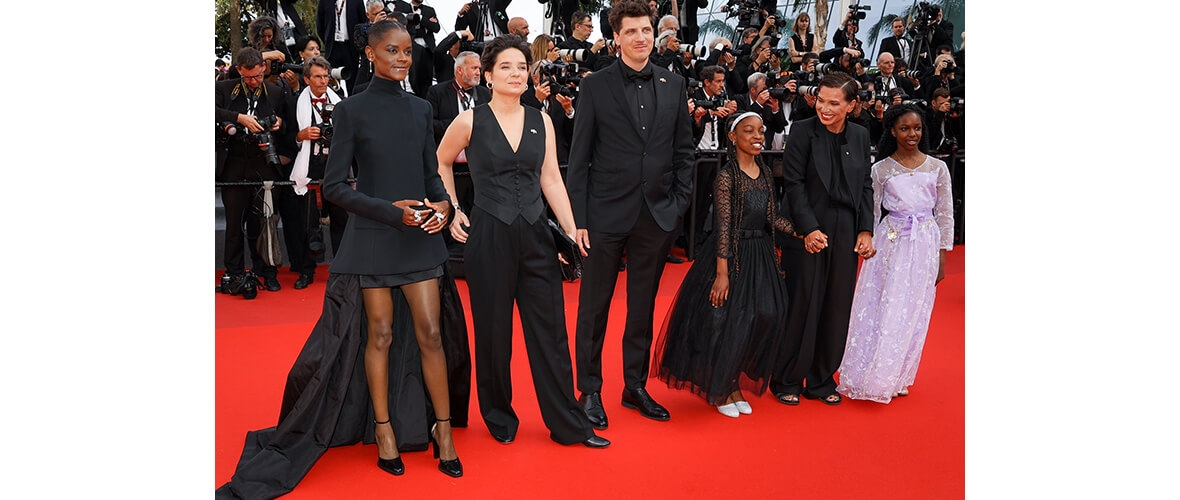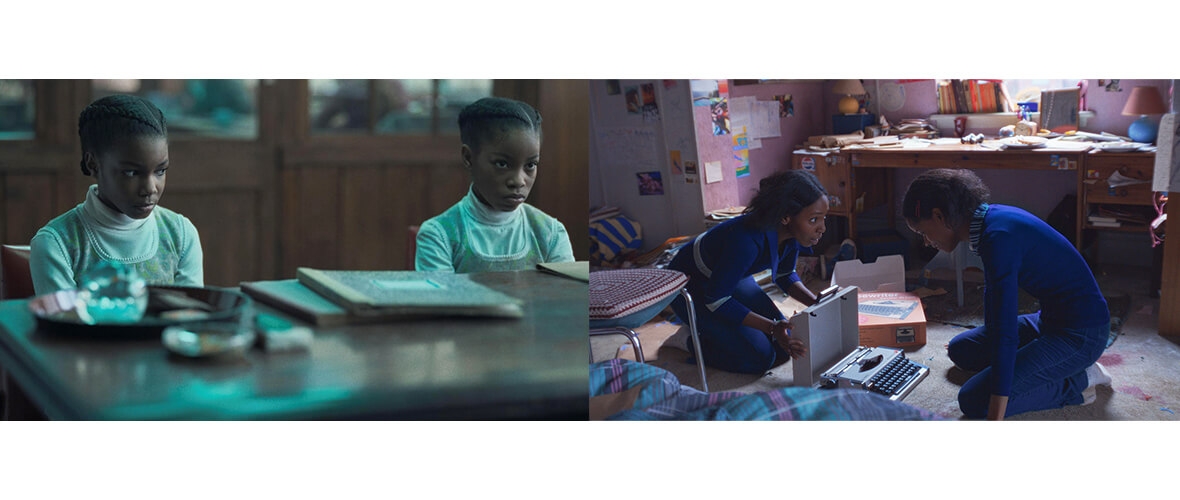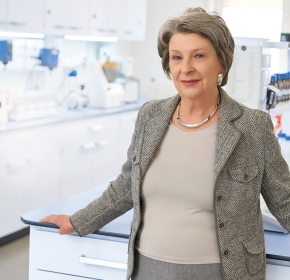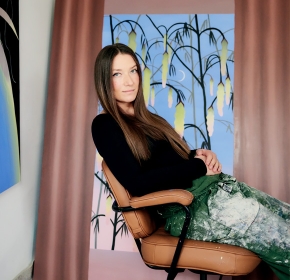To what extent can a director precisely plan the effect he or she wants to achieve? Is it possible to keep this concept unchanged, despite so many factors that come into play on set?
I have a wide margin for the fact that creating a film is a process, that all its elements keep coming together even during the shooting. They complement each other, and sometimes completely change what I had previously envisioned. I love those moments when I have to confront what I have already thought out with the new. Of course, we create detailed documentation beforehand and made storyboards, which means we draw the most difficult scenes, but the moment we enter the set, when the actors and costumes are already there, a space appears which cannot be predicted one hundred percent. You also have to remember that the director has a specific number of shooting days at his or her disposal. I usually have very little time on the set, but I always leave myself a wicket and the right to make decisions, because it is what makes the story probable, true. It is different only in the case of musical scenes, which must follow the rhythm and formally fit perfectly into a specific framework.
What elements help you stick to the set goal?
When I’m working on a script, I look for places where we’re going to shoot and usually some of them evoke some emotion in me and some remain completely indifferent. I always try to choose the ones that move me. The location also dictates the staging and movements of the actors, the costumes, and the way we tell the story. All these factors have a great influence on each other, but if I have clear guidelines and directions, then it is certainly easier for me.
Do you rely on your intuition?
I remember when I made my first shorts, we felt like we didn’t really know what we were doing. I didn’t know yet if my intuition was important and how important it was. Anyway, I’m still learning to operate it. Now I’m getting more and more tools to realize my vision, but that doesn’t mean it is easier to implement. Maybe sometimes in terms of technique, but in terms of what you want to achieve – not always.
In “The Silent Twins” did you say everything you wanted to say?
Of course I have these thoughts that I could change some things and try to tell the story differently, but then it would take forever to make one film!
